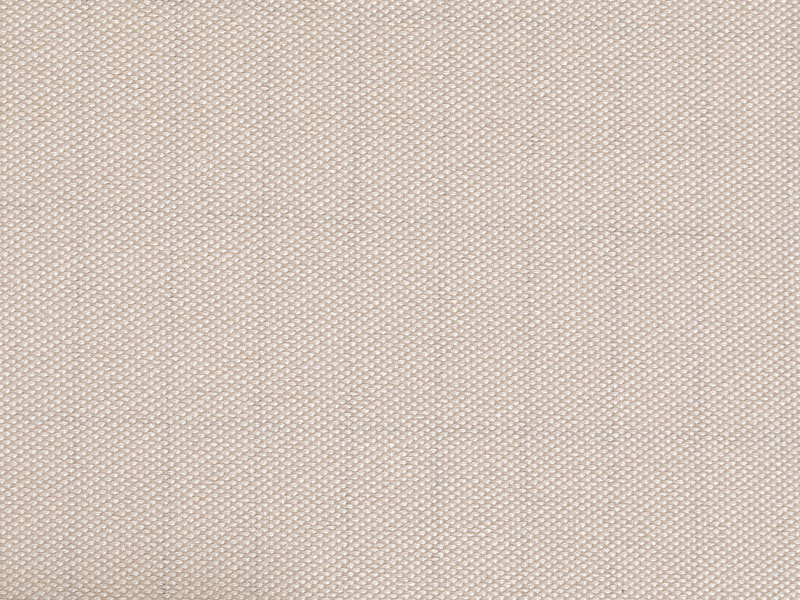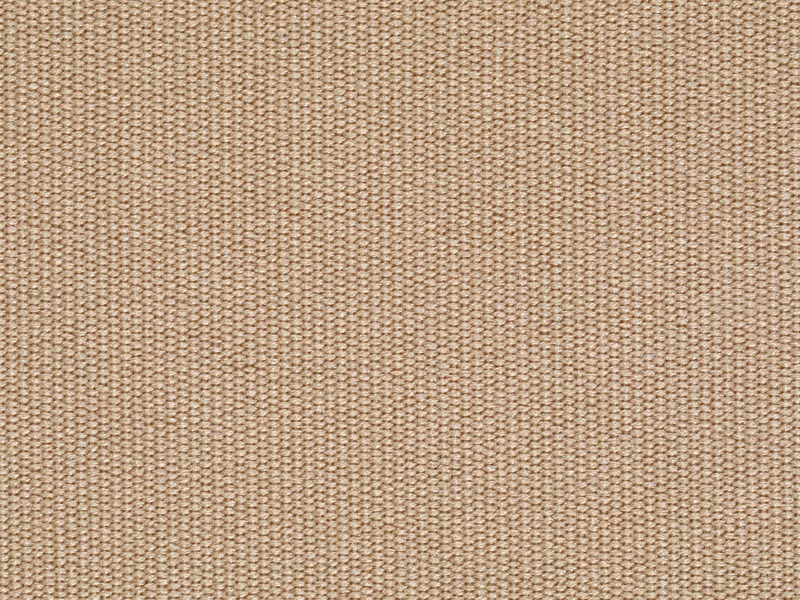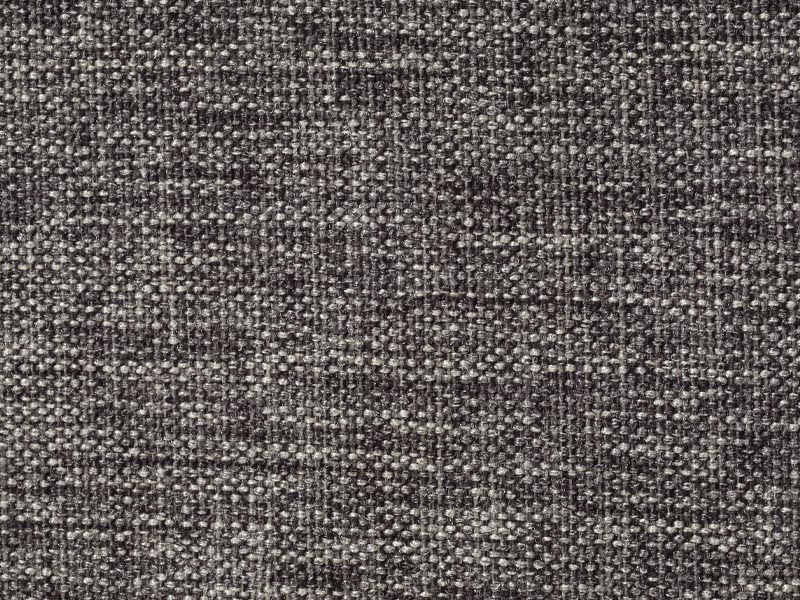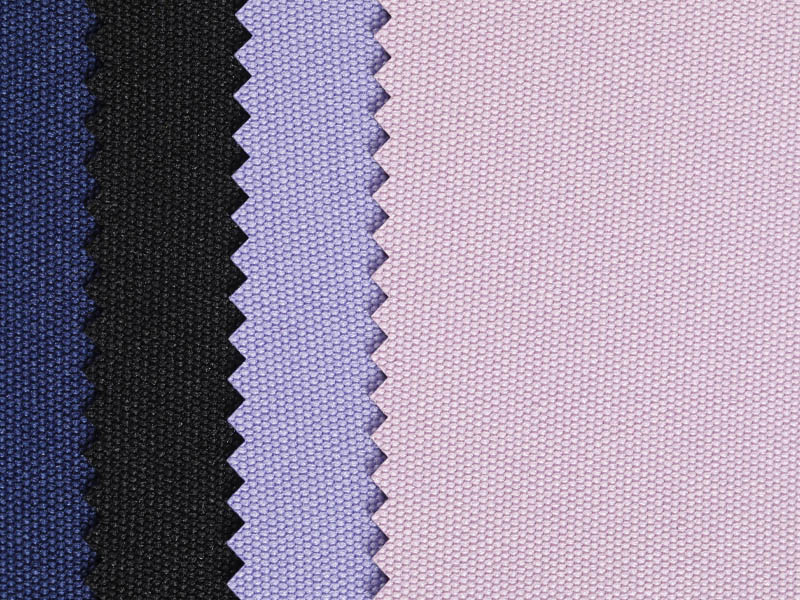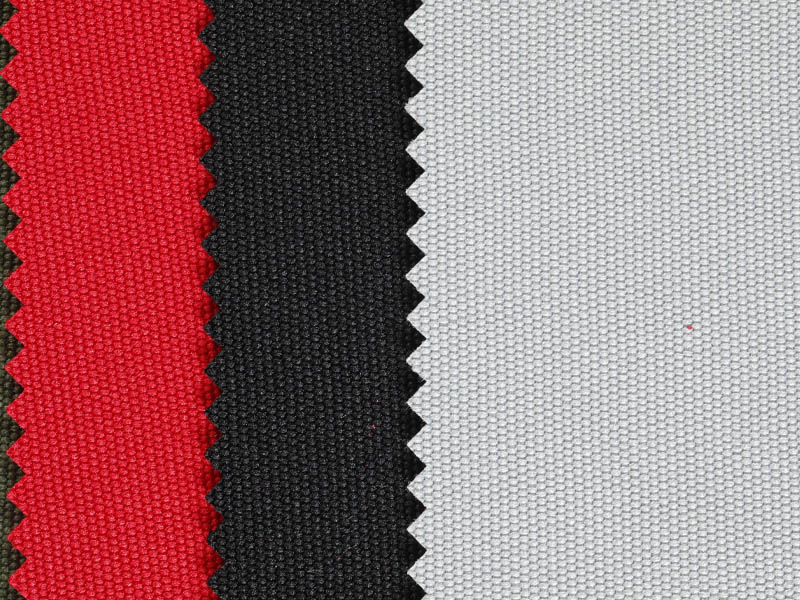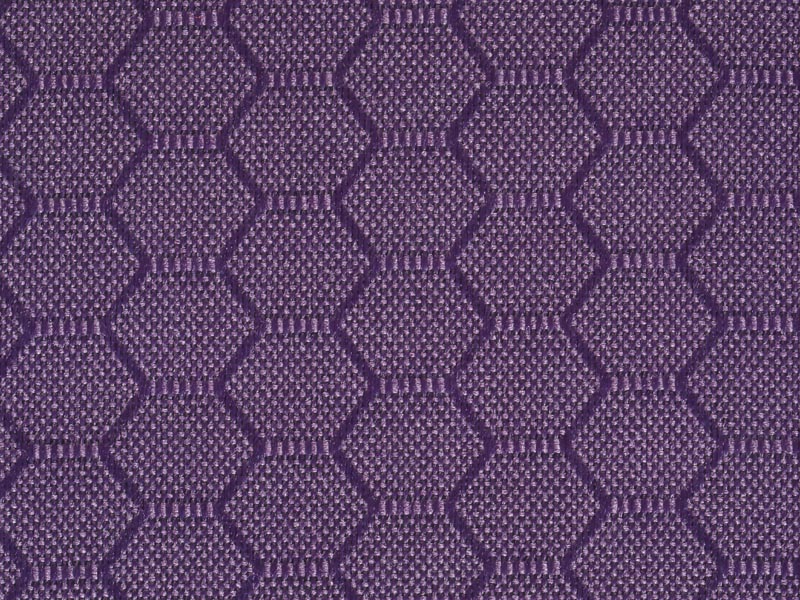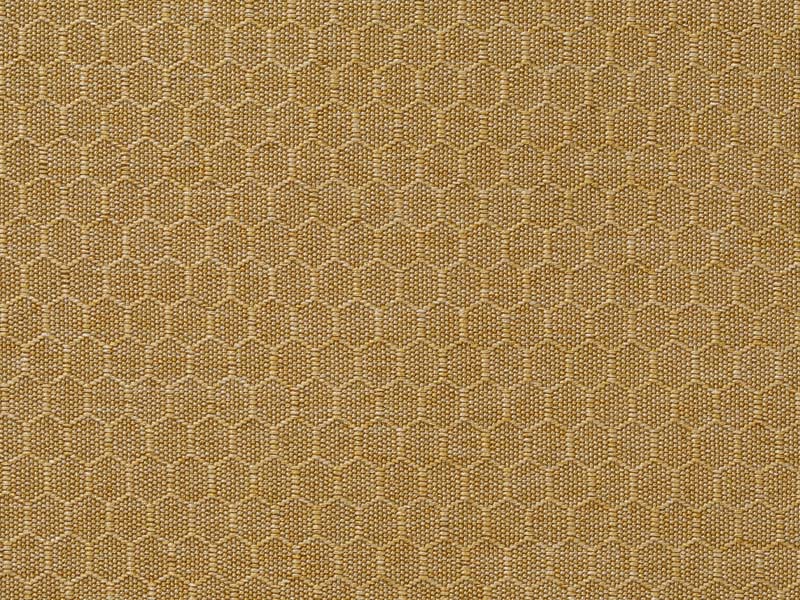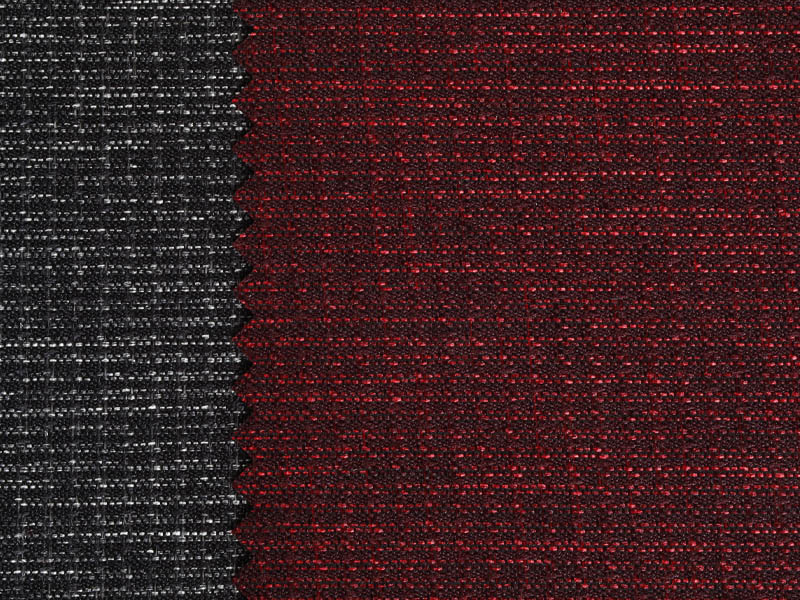The Impact of Climate Change on the Development of Tent Fabrics
Posted by Admin
As the global climate continues to shift and change, the demand for innovative and sustainable materials has never been higher. One area where this is particularly evident is in the development of tent fabrics. These materials are at the forefront of providing shelter and protection in the face of bad weather events, and as such, they are undergoing significant advancements to meet the challenges posed by climate change.
The textile industry, a major contributor to global carbon emissions, is under increasing pressure to adapt and evolve. Manufacturers of tent fabrics are moving towards the charge by incorporating new technologies and materials that not only reduce their environmental impact but also enhance the performance of their products.
One of the key innovations in tent fabric development is the use of high-performance, weather-resistant materials. These fabrics are designed to withstand the rigors of various climates, from the blistering heat of the desert to the frigid temperatures of the Arctic. By using advanced polymers and coatings, these materials can repel water, resist UV degradation, and maintain their integrity in high-wind conditions.
The impact of climate change is also driving the need for more sustainable production methods. Many tent fabric manufacturers are turning to recycled materials and bio-based fibers to reduce their carbon footprint. For instance, some companies are now using recycled polyester, which is made from plastic bottles, to create durable and lightweight tent fabrics. This not only reduces waste but also lessens the reliance on non-renewable resources.
Another significant development in the industry is the use of nanotechnology. Nanomaterials are being integrated into tent fabrics to create surfaces that are self-cleaning and highly water-resistant. These advanced fabrics can shed water and dirt, reducing the need for maintenance and prolonging the life of the tent. Moreover, nanotechnology can also enhance the insulation properties of the fabric, providing better protection against temperature badness.
The durability of tent fabrics is also being improved to withstand the test of time and harsh weather conditions. This is crucial as climate change brings about more frequent and severe storms, floods, and other natural disasters. By creating fabrics that are more resistant to tearing, abrasion, and wear, manufacturers are ensuring that tents can provide reliable shelter when it's needed more.
In addition to the physical properties of the fabric, there is also a focus on improving the energy efficiency of tents. This is achieved by developing fabrics that can regulate temperature and allow for better air circulation. Tents made from these materials can remain cool in hot weather and retain heat in colder climates, reducing the need for additional heating or cooling sources.
The impact of climate change on the development of tent fabrics extends beyond just the materials themselves. There is a growing emphasis on designing tents that can be easily transported and set up, which is particularly important for emergency relief efforts. Lightweight and compact tent designs, coupled with robust fabrics, mean that aid organizations can quickly deploy shelter in areas affected by natural disasters.
Furthermore, the design of tent fabrics is also taking into account the need for adaptability. Tents are now being designed to be modular, allowing them to be easily reconfigured to suit different needs and conditions. This flexibility is crucial as climate change brings about unpredictable weather patterns and requires shelters that can adapt to various situations.
The use of smart materials in tent fabrics is another area of development. These materials can respond to changes in their environment, such as temperature or humidity, and adjust their properties accordingly. For example, some fabrics can become more breathable when it's hot and more insulating when it's cold, providing better comfort for those inside the tent.
In conclusion, the impact of climate change on the development of tent fabrics is profound and multifaceted. Manufacturers are not only improving the performance and sustainability of their materials but also rethinking the design and functionality of tents as a whole. As the effects of climate change become more pronounced, the role of tent fabrics in providing shelter and protection will only become more critical. It is through these ongoing innovations that we can ensure that tents continue to serve as a reliable refuge in the face of an ever-changing climate.

 English
English Français
Français Español
Español عربى
عربى Tiếng Việt
Tiếng Việt
